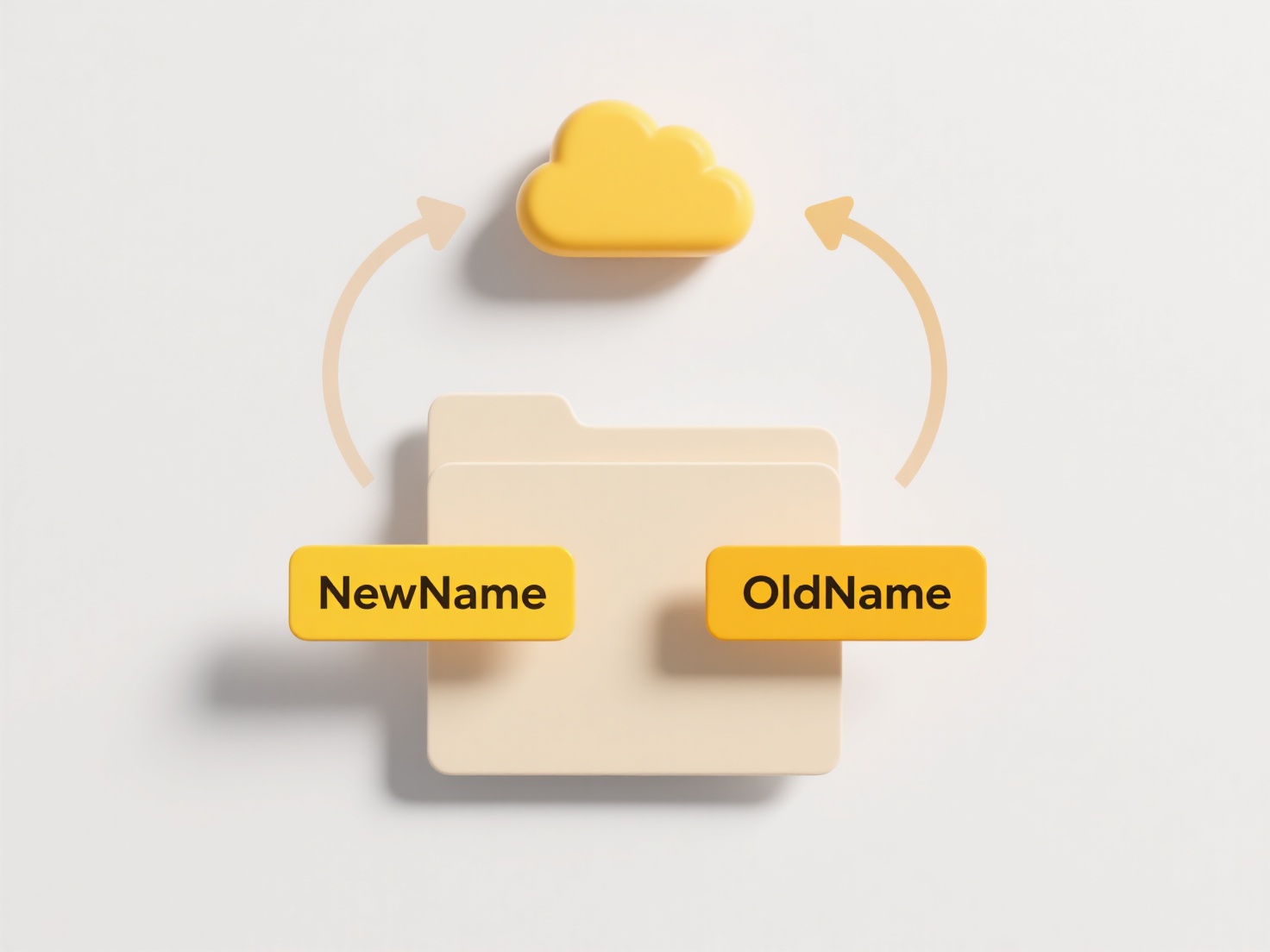
An ISO or disk image is a file that contains an exact copy of a physical disk's structure and data. You cannot search its contents like a regular file because it's essentially a container holding an entire file system. To search inside it, you must first access its contents, typically by mounting it as a virtual drive or extracting its files using appropriate software.

The most common method is using your operating system's native capabilities: On Windows, you can double-click an ISO file to mount it as a new drive letter, then search the virtual drive using File Explorer. On Linux/macOS, use the mount command or graphical utilities. Alternatively, tools like 7-Zip or WinRAR can open the image and extract specific files for searching, which is useful if mounting isn't possible or desired. Disk imaging/forensic software offers advanced search within mounted or loaded images.
Searching via mounting offers immediate, non-destructive access, mimicking the original disk's behavior efficiently. The main limitation is the requirement to mount or extract the image first; true real-time indexing of the unopened file isn't feasible. Using extraction avoids mounting but requires temporary files. Always ensure you have legitimate access permissions for the image's contents when performing searches.
How do I search an ISO or disk image?
An ISO or disk image is a file that contains an exact copy of a physical disk's structure and data. You cannot search its contents like a regular file because it's essentially a container holding an entire file system. To search inside it, you must first access its contents, typically by mounting it as a virtual drive or extracting its files using appropriate software.

The most common method is using your operating system's native capabilities: On Windows, you can double-click an ISO file to mount it as a new drive letter, then search the virtual drive using File Explorer. On Linux/macOS, use the mount command or graphical utilities. Alternatively, tools like 7-Zip or WinRAR can open the image and extract specific files for searching, which is useful if mounting isn't possible or desired. Disk imaging/forensic software offers advanced search within mounted or loaded images.
Searching via mounting offers immediate, non-destructive access, mimicking the original disk's behavior efficiently. The main limitation is the requirement to mount or extract the image first; true real-time indexing of the unopened file isn't feasible. Using extraction avoids mounting but requires temporary files. Always ensure you have legitimate access permissions for the image's contents when performing searches.
Quick Article Links
What’s the best way to back up exported files?
The best way to back up exported files involves creating reliable copies stored separately from the original files. The ...
How do I migrate files into a new structure?
Migrating files into a new structure involves deliberately relocating and reorganizing existing files and folders accord...
Why do some operating systems add a file extension during rename?
Some operating systems automatically add or preserve file extensions when renaming files as a usability feature to preve...